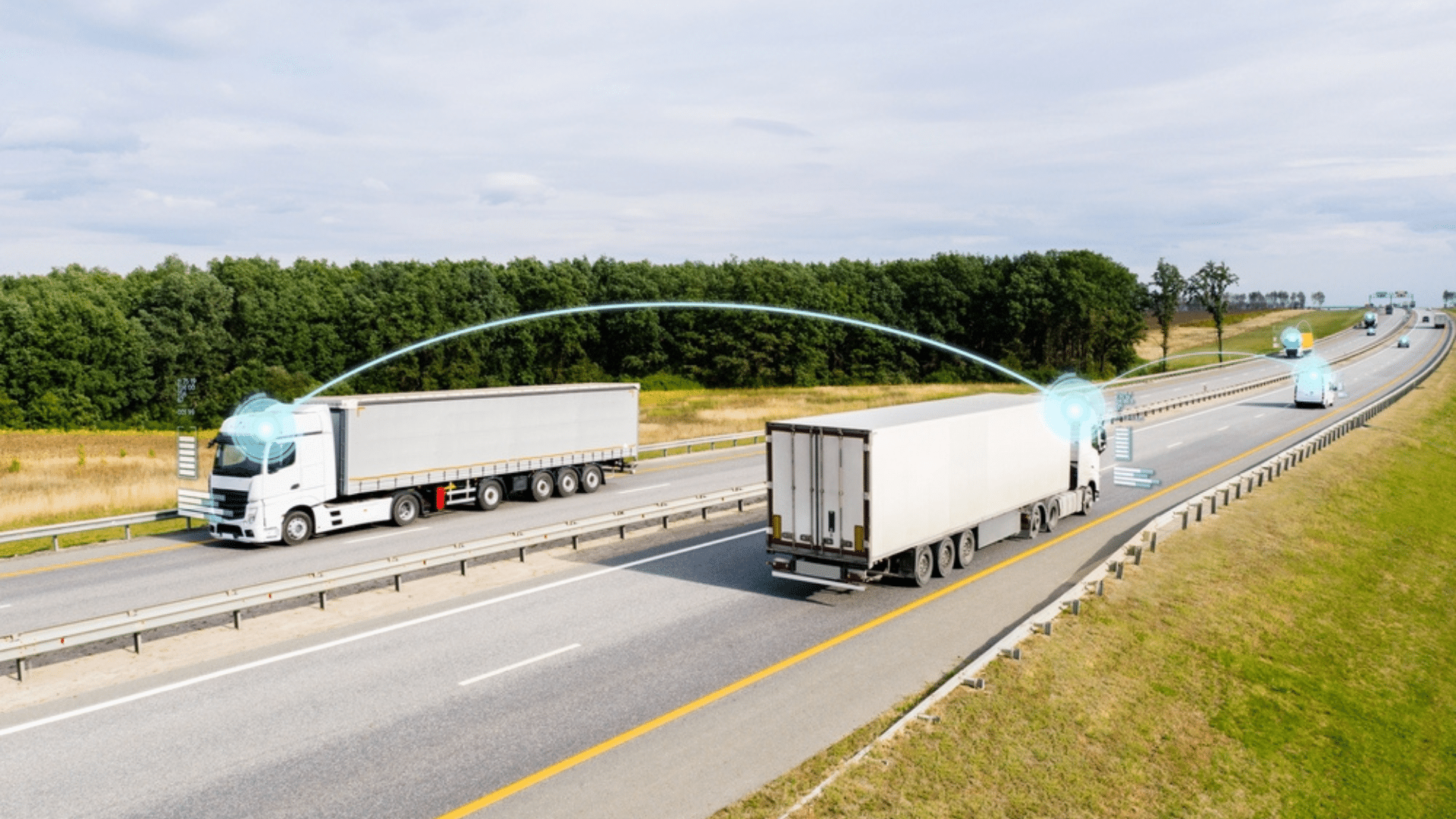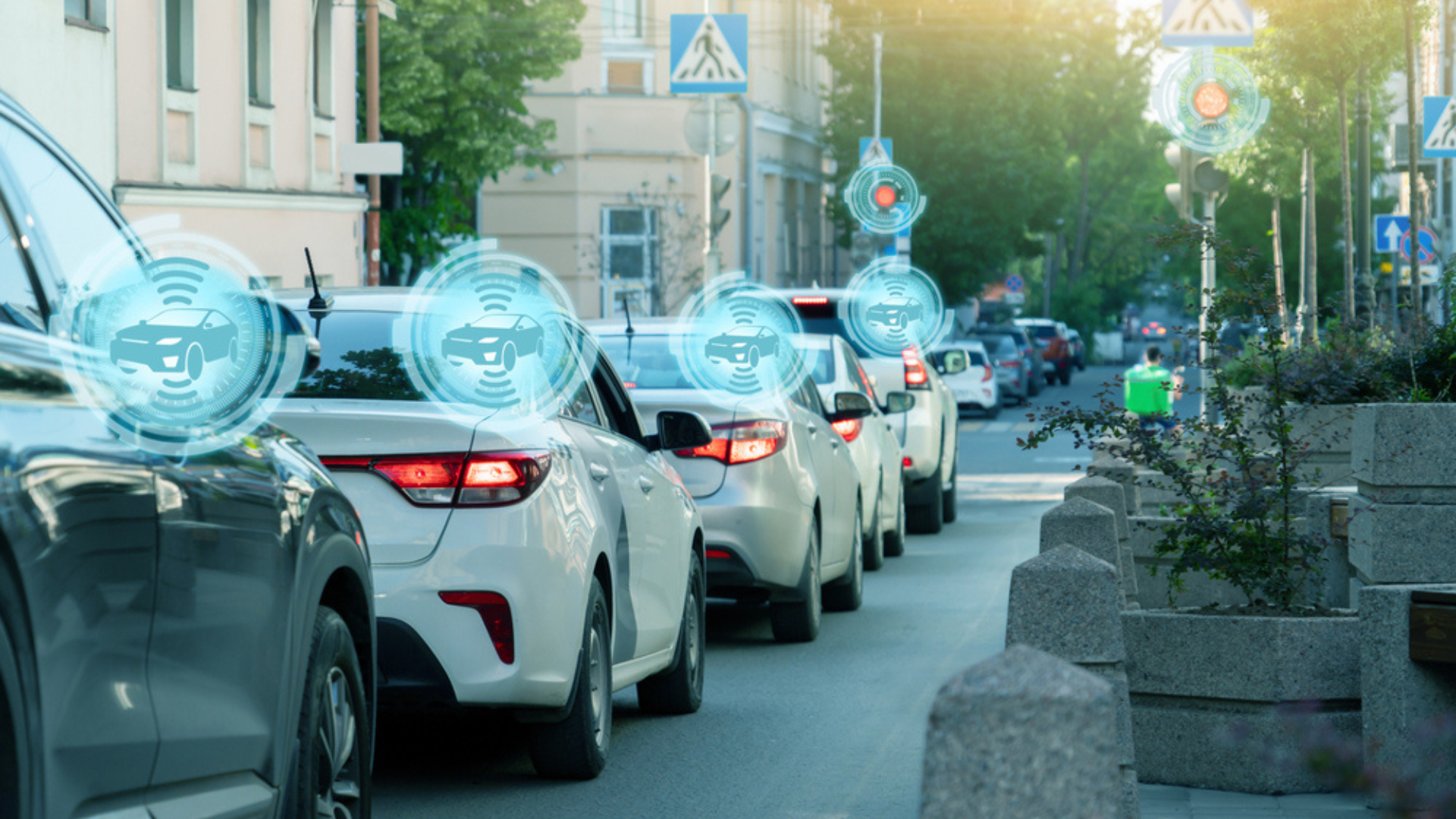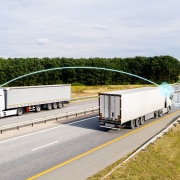The Future of Driving: How V2V and V2I Communications Are Paving the Way

Introduction to V2V and V2I Communications
V2V (Vehicle to Vehicle) Communication
Defining V2V Communication and its Impact on Transportation: V2V communication uses DSRC to communicate data between linked vehicles. By utilizing this technology, vehicles may “talk” to each other on speed, location, and direction. V2V communication allows cars to anticipate traffic conditions for better safety and efficiency. Vehicles may prevent crashes and coordinate their brakes while communicating directly, decreasing traffic accidents.
Operational Mechanics and Benefits of V2V Communication: V2V communication uses wireless signals to send basic safety messages (BSMs) between vehicles. Each BSM stores vehicle speed, direction, and brake status. Real-time data promotes scenario awareness and road safety decision-making. NHTSA research estimates that V2V and V2I technologies might decrease non-impaired collision situations by up to 80% and save 6.9 billion traffic hours. Consequently, it promotes accident prevention and driver response time.
Applications of V2V Technology in Accident Prevention: Uses that need a fast reaction to changing traffic conditions benefit from V2V communication. Truck platooning uses V2V to maintain tight distances safely while boosting roadway efficiency and fuel consumption. Intersection movement assists and alerts drivers to dangerous intersections. V2V may minimize urban crashes and enhance roadway security by alerting drivers of impending accidents.
V2I (Vehicle to Infrastructure) Communication
Exploration of V2I Communication and Smart Cities: Vehicles and road infrastructure, including traffic signals, signs, and pedestrian crossings, communicate via V2I. Smart cities use this technology for traffic management and safety. Vehicles can react to real-time traffic signals and road dangers using infrastructure data. Integration creates a more responsive, adaptable urban transportation system, which facilitates traffic flow and alleviates congestion.
Interaction Between Vehicles and Urban Infrastructure: V2I connectivity lets cars and infrastructure work together in smart cities. When a traffic signal sends its present status and the time before it changes, a vehicle may modify its speed to pass safely through the junction. Intelligent road signs may directly alert drivers about ice roads and unexpected traffic congestion on their dashboards for better judgment and reaction time.
Benefits of V2I Communications in Urban Environments: In metropolitan areas with traffic and poor road conditions, V2I communications have huge advantages. In systems that alter signal timings based on immediate traffic flow data, V2I capabilities may cut traffic delays. V2I systems may also advise drivers of road conditions, including accidents or construction zones. It enables them to reroute and maintain traffic flow. Studies show that V2I technology increases travel time reliability while allowing vehicles and traffic management systems to communicate and streamline traffic signal adjustments and incident management.
Challenges in Implementing V2V and V2I Communications

Privacy Concerns in V2V and V2I Communications
Due to the interchange of sensitive data like position, speed, and direction, V2I and V2V communications must address privacy issues. Users’ movements may be tracked via this data transmission, raising privacy concerns. For instance, incorrectly anonymized location data might be used to monitor someone without permission. Moreover, vehicles must transmit a BSM up to 10 times per second, including detailed telemetry, for V2V communication systems. Although attribute-based access control (ABAC) and pseudonymization disguise the driver’s identity, privacy remains a concern. When paired with external data, anonymized driving habits may be connected to specific drivers. Over 100 million lines of code and hundreds of ECUs give cars a vast attack surface. Thus, following privacy legislation and using cryptographic techniques like homomorphic encryption might reduce these problems.
Infrastructure Requirements and Resource-Limited Municipalities
Updating infrastructure to accommodate V2I and V2V communications calls for fitting roadside units (RSUs) that communicate with automobiles and other equipment. It must handle massive amounts of high-speed, real-time data, which is costly and problematic for resource-limited communities. Along these lines, NHTSA predicted 2020 V2V equipment and communication costs at $341–350 per vehicle. Small municipalities with tight resources struggle to pay for renovations without cutting other essential services. With V2V technology improvements, these towns must consider maintenance and technology upgrade expenditures. To finance these infrastructure gains, government funds and private collaborations are needed. Additionally, leveraging existing cellular networks and investigating scalable cloud-based solutions can lower initial costs and expand infrastructure rollout flexibility.
Legislative Hurdles and Standardization of Communication Protocols
Furthermore, legal obstacles hinder the adoption of V2I and V2V communication. The lack of common communication standards hinders car and roadside infrastructure compatibility across manufacturers. Harmonizing DSRC and C-V2X protocols allows V2V communication to work across platforms. DSRC has been popular in the U.S., yet C-V2X is gaining prominence thanks to its integration with current cellular networks and 5G possibilities. Legislators have hesitated to impose these technologies because of spectrum sharing and signal interference issues. Nevertheless, variations in international V2V standards complicate global commerce. It requires coordinated efforts by international agencies, including the ISO, to promote global standards. These initiatives are important for technical interoperability across borders and safe and successful V2V and V2I implementation globally.
The Future of V2V and V2I Communications
V2I and V2V communication technologies will boost vehicle safety, congestion, and traffic management while altering the automobile industry. Vehicles may communicate real-time traffic, vehicle, and road infrastructure data via 5G networks’ high-speed data transfer. It speeds up autonomous driving system decision-making. For instance, V2V communication may quickly convey a vehicle’s braking status to adjacent cars, which cuts response times from milliseconds to microseconds. The research found that V2V vehicle communication minimizes congestion delays by up to 20–30%. V2I technology also lets traffic signals and road signs broadcast safety warnings and traffic updates to automobiles for awareness.
V2I could save almost 30,000 lives annually in America and $190 billion in health care expenses while preventing nearly 90% of road deaths. Cloud-based edge computing may manage and process massive data locally at network edges. It decreases latency and bandwidth utilization while protecting data. By analyzing data in real time, edge computing enables traffic management systems to change traffic flow per current circumstances. Along with cybersecurity businesses, vehicle communication protocols for encryption and data protection will safeguard against cyber attacks. V2X interactions with pedestrians’ phones and other gadgets could boost safety and navigation in the future. So, transitioning to a linked transportation network could improve efficiency and help achieve zero traffic deaths.
To learn about V2V and V2I technological advances, engage with FIC.





